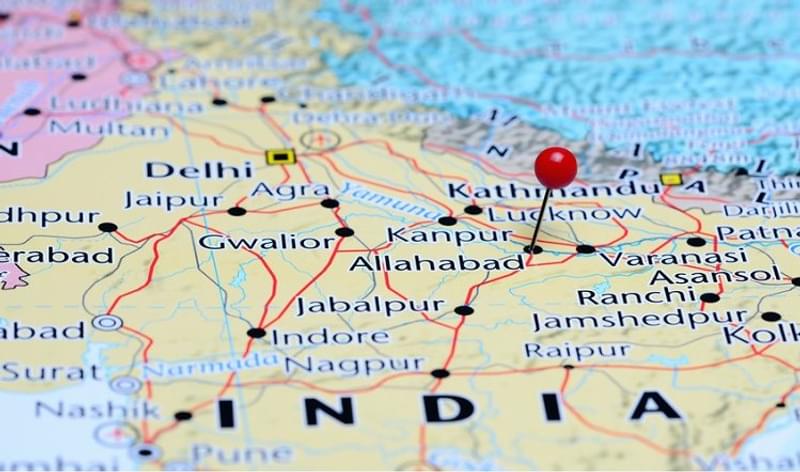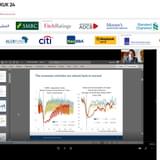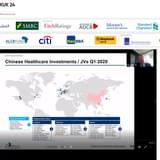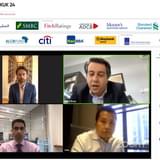There has been a significant amount of capital markets activity across the Indian corporate space over the last week.
Glenmark Pharmaceuticals raised US$200mn in 5-year notes at 4.50%. Adani Transmission Limited (ATL) issued US$500mn in bonds, Indian Exim Bank raised US$1bn in 10-year notes, HDFC issued INR30bn (US$450mn) to yield 8.33% in offshore masala bonds (the first for an Indian corporate), and DHFL is planning to launch India’s first CPI linked bonds this week.
Indian corporates are tapping the market now because of a number of favourable conditions. Stable Indian economic indicators (assisted by a good monsoon), lower inflation (at 5.77% last month) and Brexit have all instilled confidence in well-managed companies.
“These factors have led such entities to approach the international markets for funding,” said Joiel Akilan, Executive Director and Chief Representative at BBVA in India.
He added that sufficient liquidity levels and negative interest rates in Japan and Europe have led to demand for higher yielding instruments from India.
Negative yields in particular have driven investors towards EM in search of returns.
According to Bloomberg, Japan’s 10-year government bonds are yielding -0.08%, whilst in Europe, Germany and Switzerland’s 10-year bonds are offering -0.03% and -0.57% respectively. By comparison, India’s 10-year government bonds yield 7.18%.
As a result, Indian institutions, banks and companies are all looking to access the international markets to tap this demand.
Foreign participation on Indian bonds is likely to further increase because the local banking sector cannot accommodate the funding requirements for many Indian companies.
“India is a bank funded market and since the banking sector is leveraged with a high number of NPLs which restricts their lending ability, well-manged Indian companies are looking to diversify their funding sources.”
The gross ratio of NPLs across the Indian banking sector increased to 7.6% in March, according to research from BMI.
Akilan added that India’s funding needs for infrastructure is also huge, which combined with the limited resources banks have, will likely add to the number of corporates looking to raise international funds.
Issuing masala bonds, like HDFC, is one way corporates can access foreign funding, as it allows Indian companies to raise and repay funds in rupees, meaning they avoid foreign exchange losses.
“There are many more masala bond issuances in the pipeline,” Akilan stated.
However, although masala bonds are likely to prove popular in the near future, a withholding tax does make it slightly more expensive to borrow internationally in this way, compared to issuing local rupee bonds.
This, alongside any adverse movement of foreign exchange affecting the rupee, which would lower demand according to Akilan, could cause a slowdown in the rate of issuances from the country that we have seen lately.









